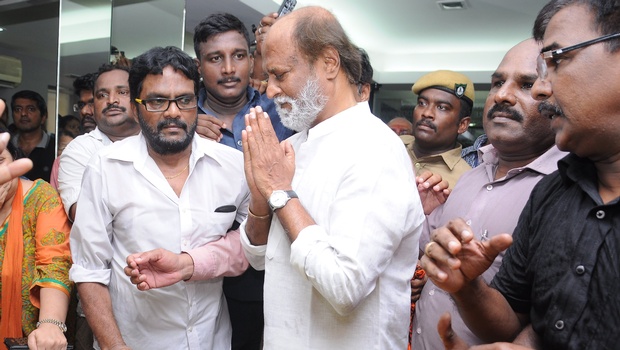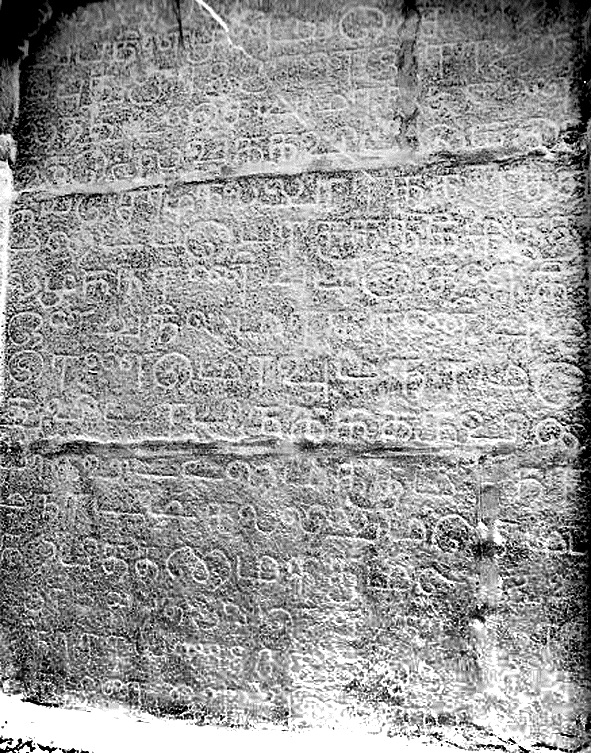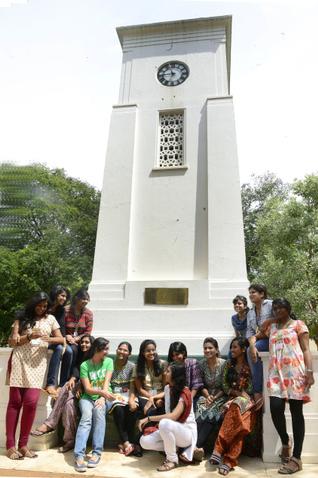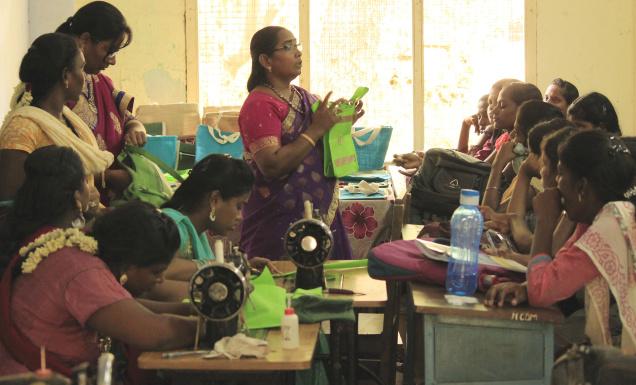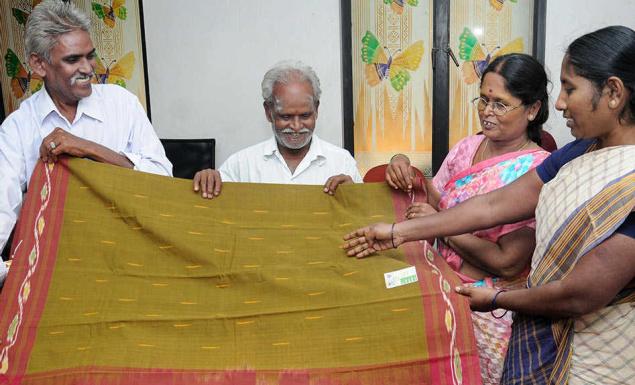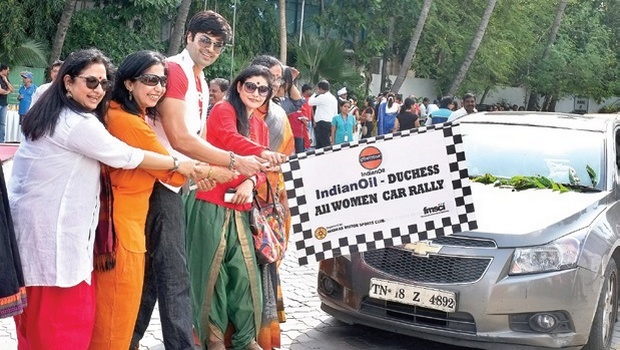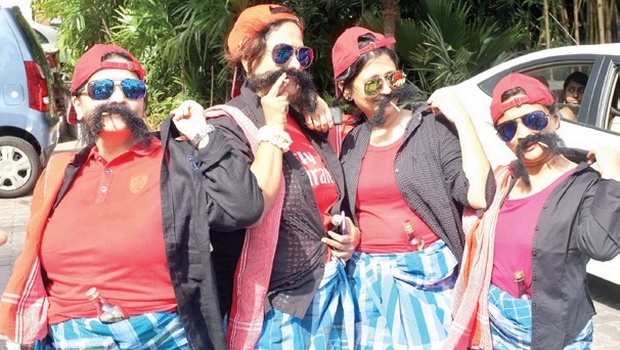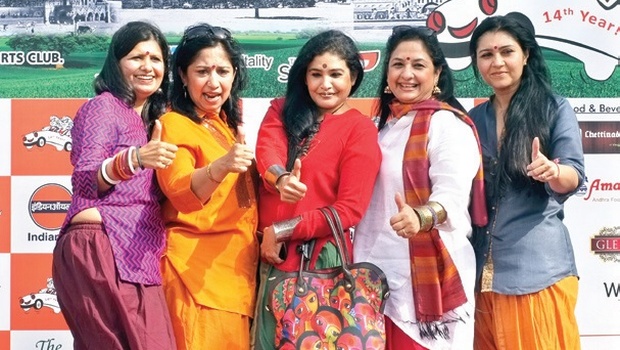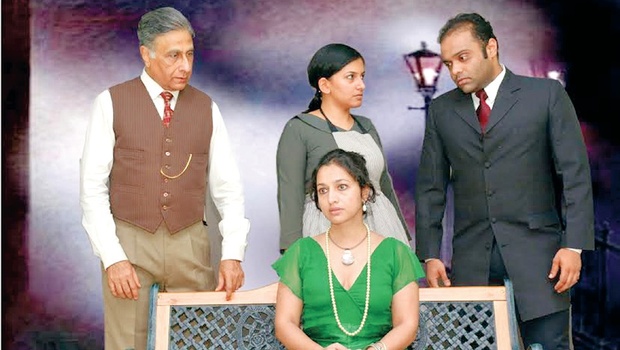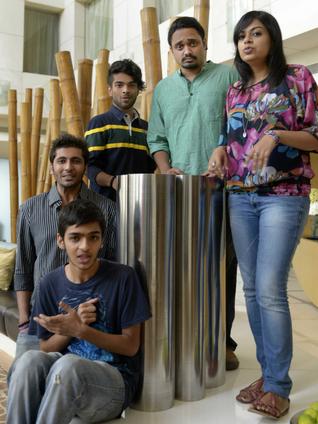
India’s first acapella band talks about the challenges of making music without instruments.
It was a particularly high-energy performance in Goa. While most members of the audience were enjoying the music, the sound engineer in the wings was having a tough time. Not only had he to concentrate on the ongoing concert, he also had to fend off a bunch of sceptics wanting to know where the drum kit, amplifier and guitar were hidden. Just one of the many reactions Voctronica, the all-vocal band, receives at their many performances across India. The first acapella and beat-boxing band in the country, Voctronica relies exclusively on voice modulation and body percussion to perform covers of popular songs and enthral their audience. In the city to perform at The Leather Bar, the band speaks about what keeps them ticking.
“Reactions to our performances range from shock, awe and curiosity to amazement. People find it hard to believe that we’re able to create music without any instruments. Once we had a member of the cleaning staff look around in bewilderment while we were practising ahead of a performance and we slowly saw his jaw drop in amazement when he realised what we were doing,” says Avinash Tewari.
At their maiden performance in Chennai, the band had in store for the audience a good number of English covers along with some local flavour. Voctronica was put together over three years ago, when eight of the band members were chosen after a 15-day workshop. “Creative differences and a couple of other issues cropped up, which is why we decided to give it a rest. Two years ago though, Raj and I decided to restart the band. We knew Arjun, Clyde and Warsha through the music space and soon the three came on board. We got lucky at every level; things fell into place when we decided to relaunch Voctronica. You meet a lot of musicians, but to find a bunch that you gel with and can work with like a dream is rare. We jam every other week, three hours of which is spent just chilling,” says Avinash.
That camaraderie is evident as the band members share an easy laugh and break into random beat-boxing and jams, mid-conversation. A lot of their music is instinctive and about playing off of each other, according to Arjun Nair. “We anticipate what the other is going to perform and sort of take off from that. Based on this, we’ve also included a segment called the Circle Jam in our performances, where we compose numbers on the spot taking cues from the audience. It could be a random word or a name like organ, P.T. Usha or Nirma and we come up with a track. We have no idea what we’ll perform in that segment; it’s a leap of faith,” he says.
While Raj and Avinash do the beats, Arjun does the vocal base and sings and Clyde Rodrigues and Warsha take turns to sing. Though Voctronica has performed to a mixed range of audiences, from large crowds to an intimate set of people, they say the best performances are where they are able to make the crowd dance. “It happened at the Kala Ghoda Festival. We had children and the old alike dancing to our numbers. At the end of the day, it’s all we want; to touch people with our music,” says Warsha Easwar.
The fact that the band relies only on vocal modulation to create music does throw up its share of challenges. Like Raj Verma says, “People simply assume that we won’t need time for a sound check since there are no instruments involved, while the truth is the complete opposite.”
Avinash pipes in, “Also we don’t have the flexibility of using instruments where you know there are so many octaves to work with. There’s only so much the voice can do. We just have to learn to work our way around it.”
While most of the band members are largely self-taught and come with different musical sensibilities, they find a way to bridge that gap. “I think it helps that we have five different vocal ranges. It makes it that easier to create a new sound,” says Warsha, who has trained in Carnatic.
They’re however, not limited to the stage. The band has in the past done two tracks; ‘Y U No Vote’ and ‘A Tribute to Classic Indian Ads’; the latter in collaboration with All India Bakchod. The videos were Internet sensations and the band plans to channel their efforts in this direction.
“We want to bring out a lot of original content. There will still be covers; but it will be safe to say that even those covers will have our flavour and twist to them. That apart, you might just find us doing some more desi tracks, maybe something with a southern connect soon,” says Arjun, before heading for a sound check.
source: http://www.thehindu.com / The Hindu / Home> Features> MetroPlus / by Ranjani Rajendra / Chennai – July 16th, 2015
